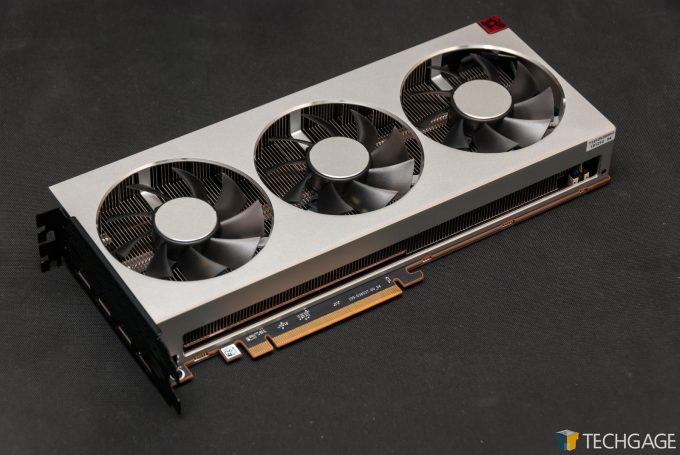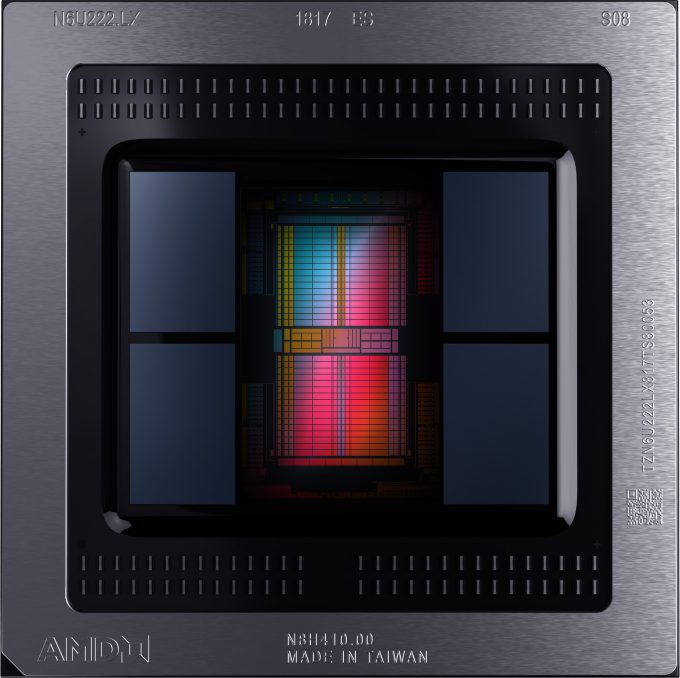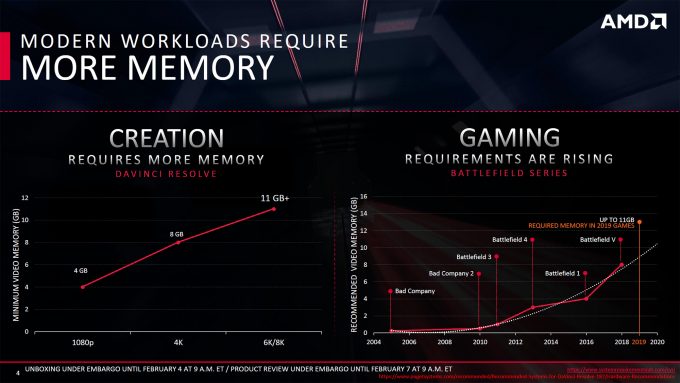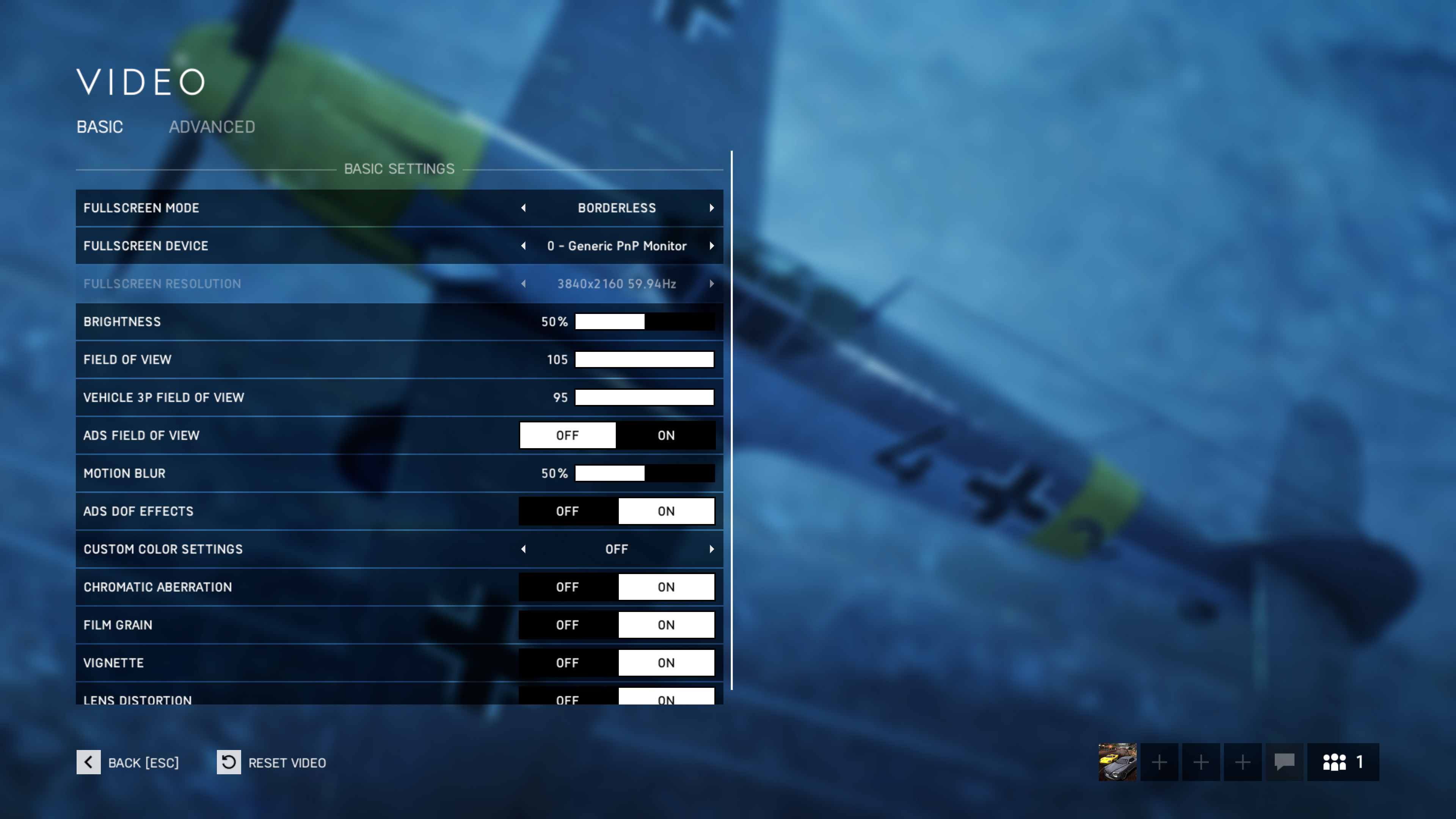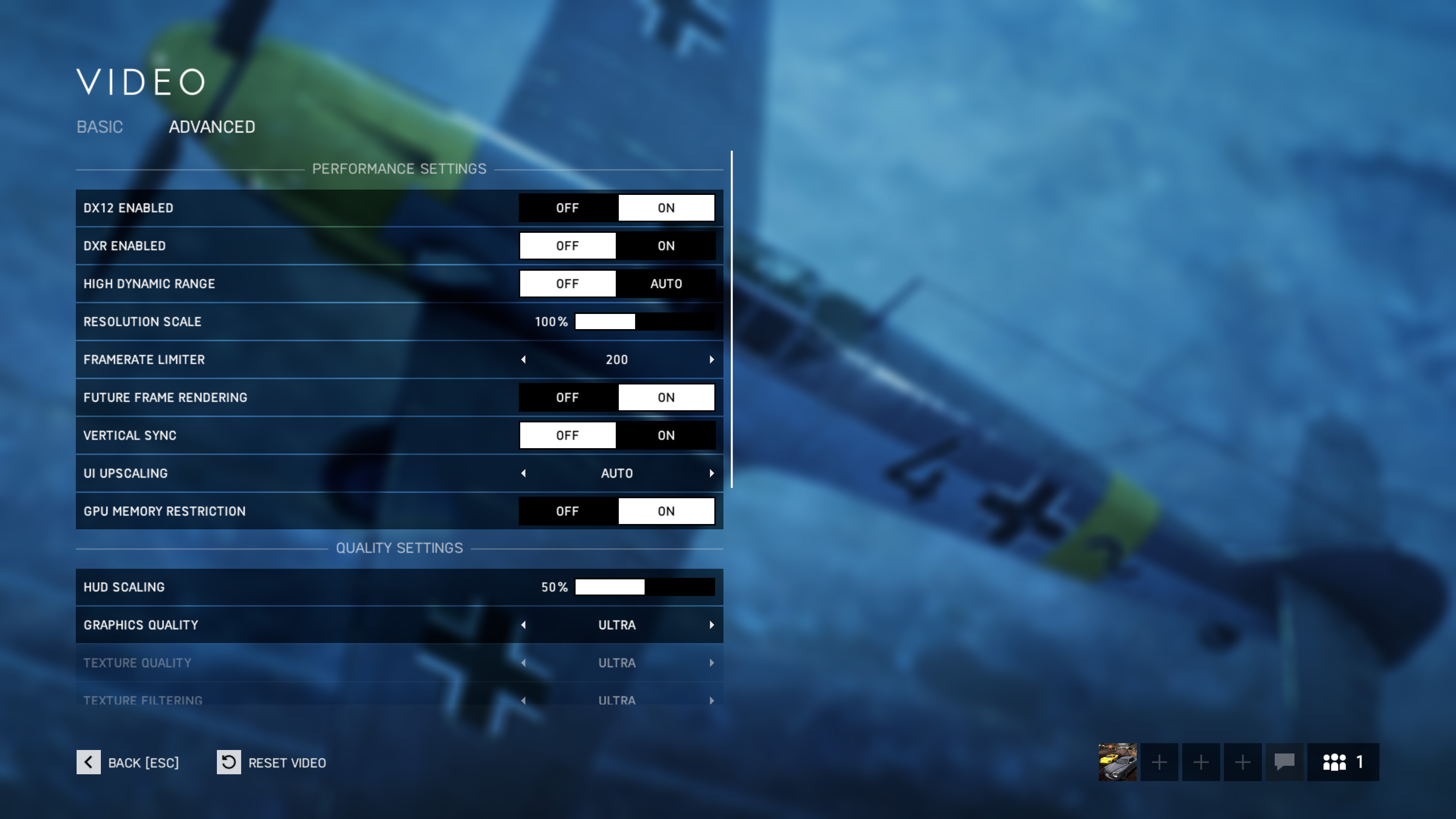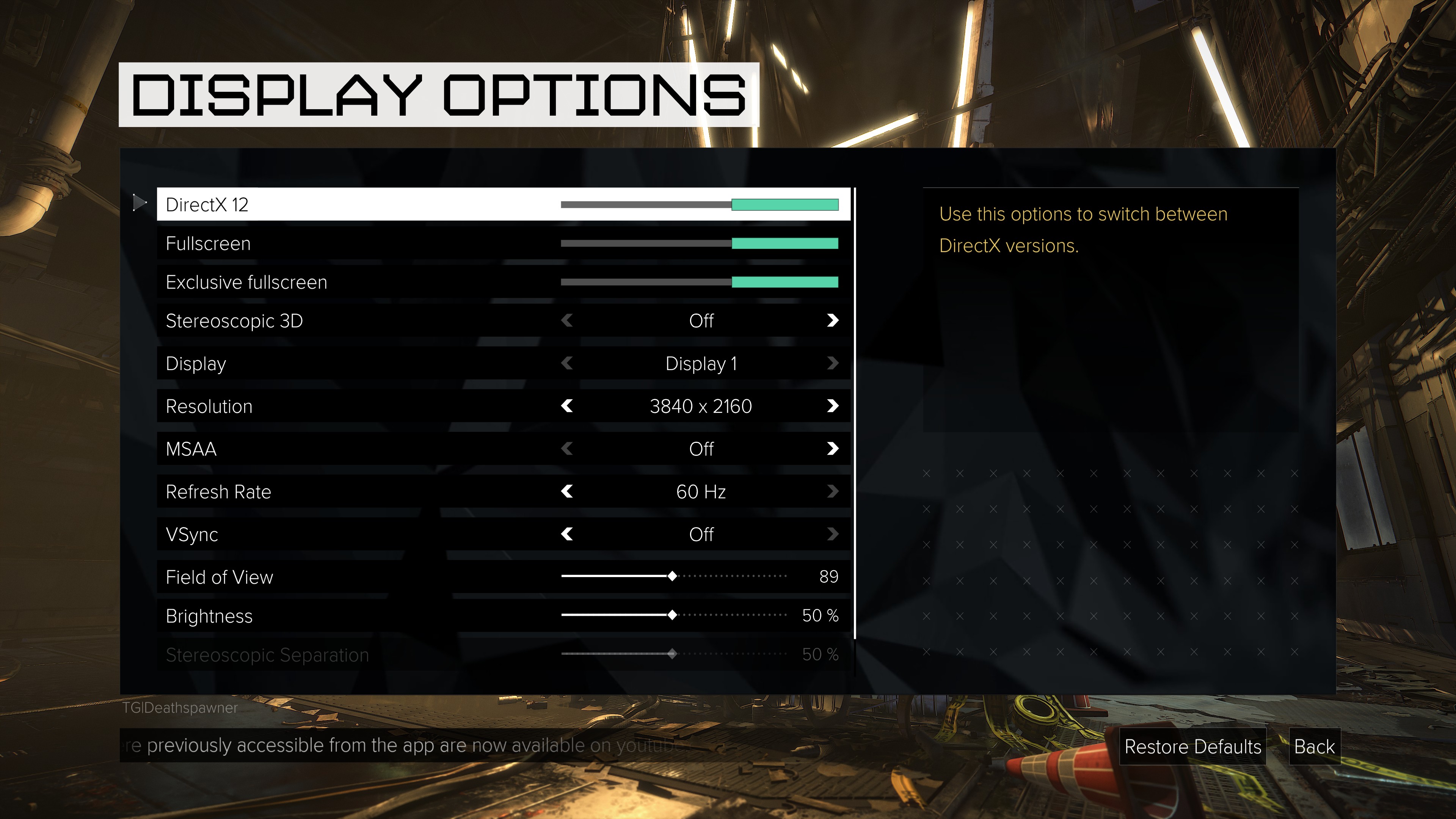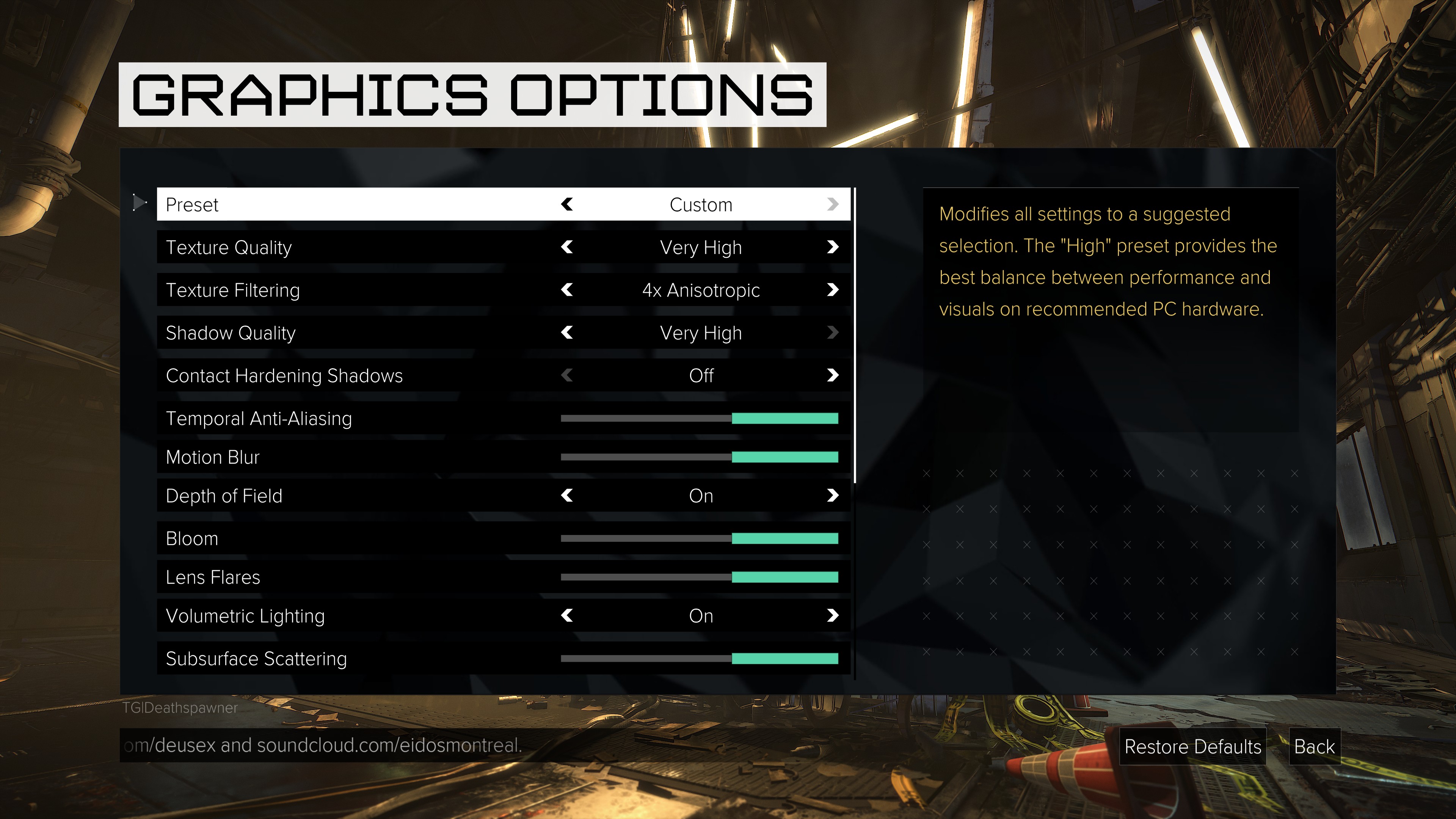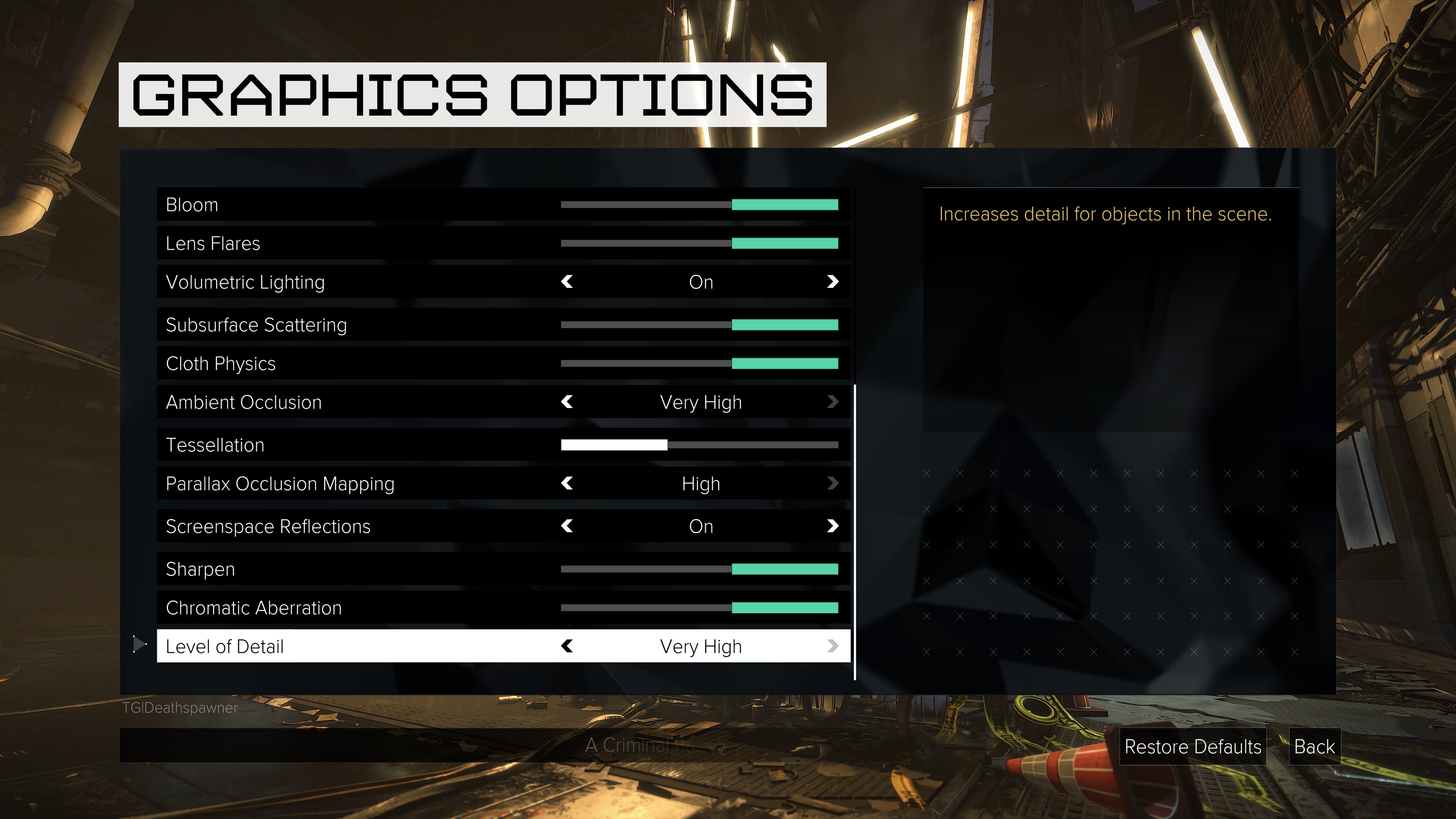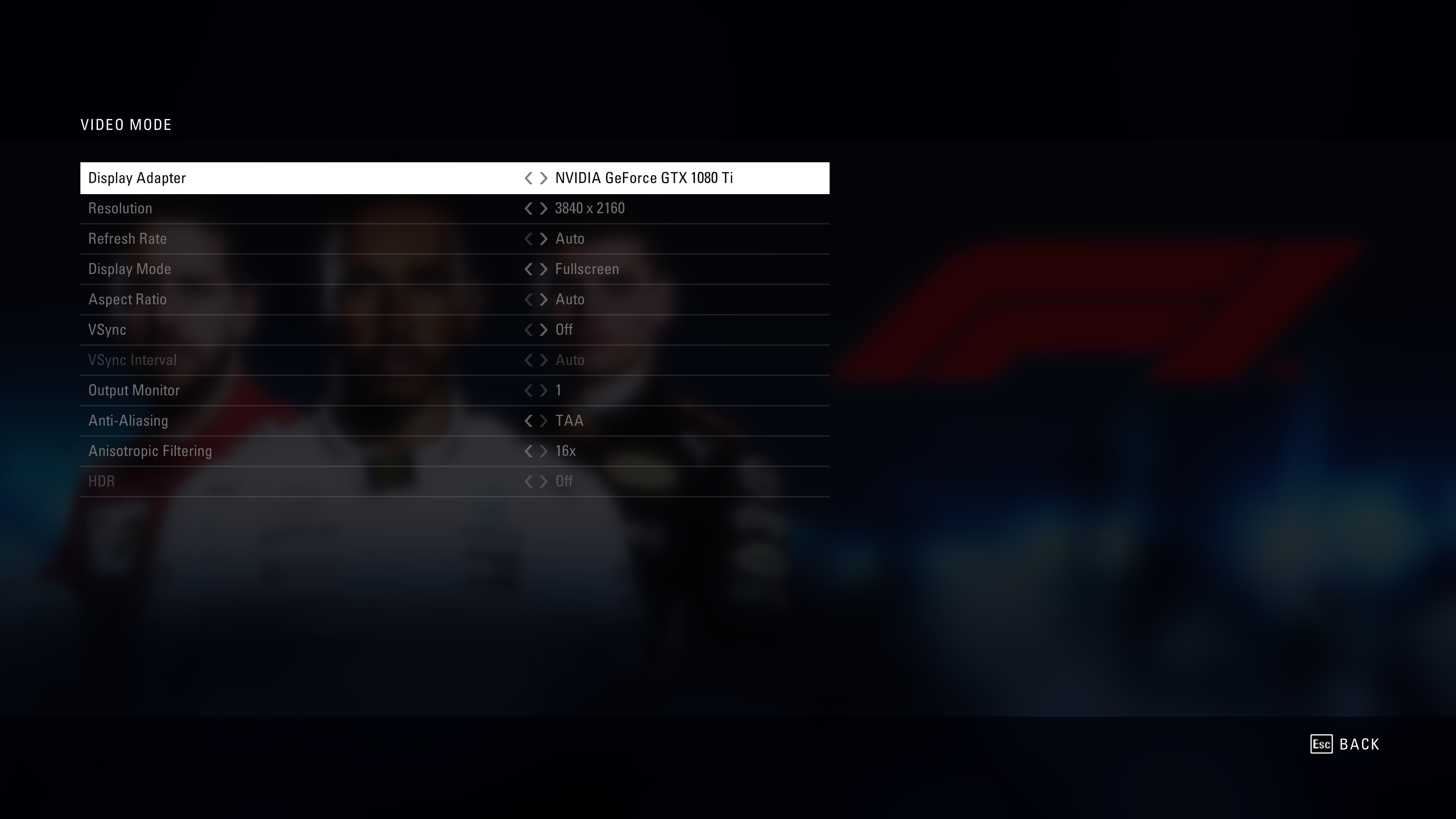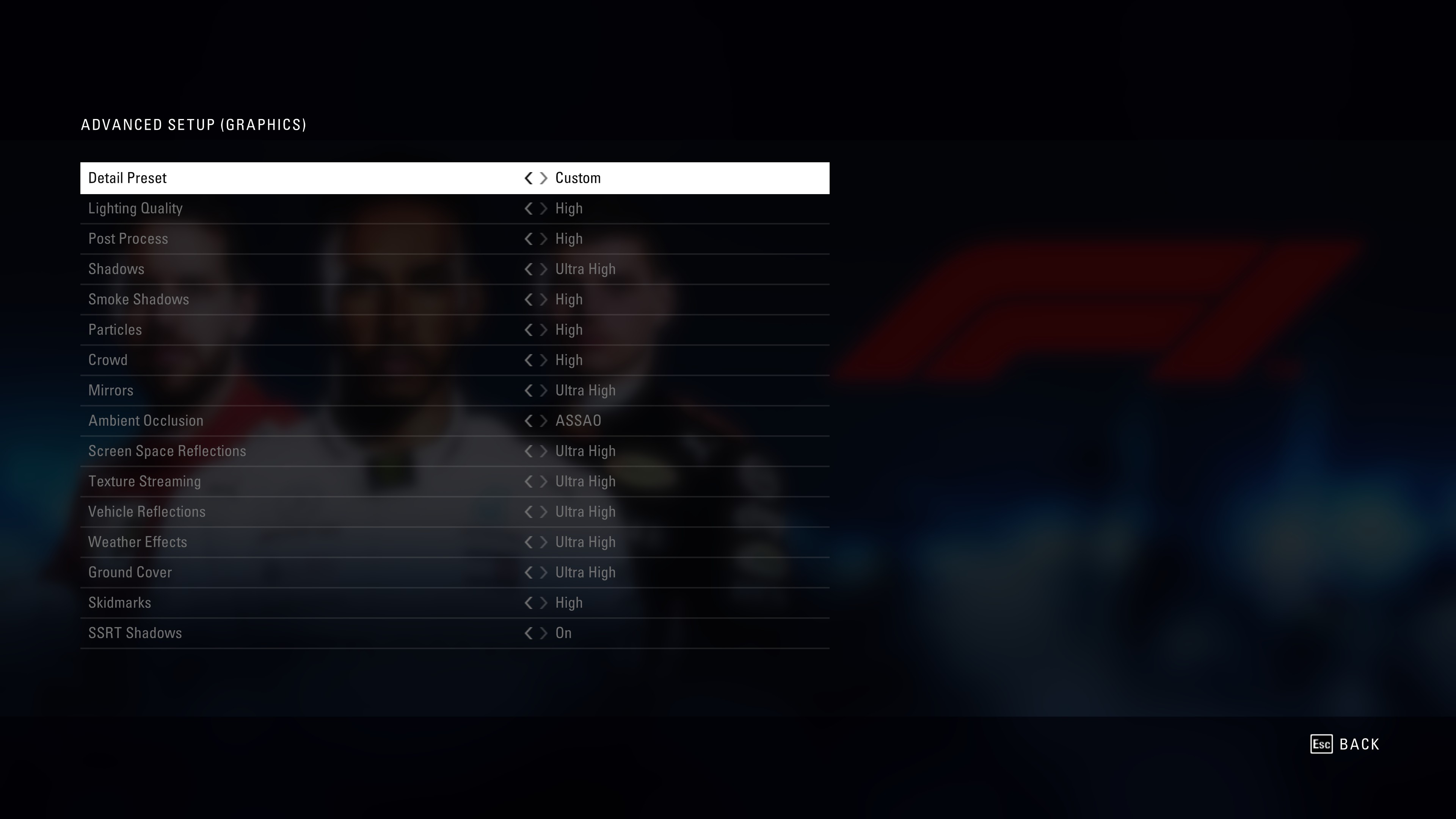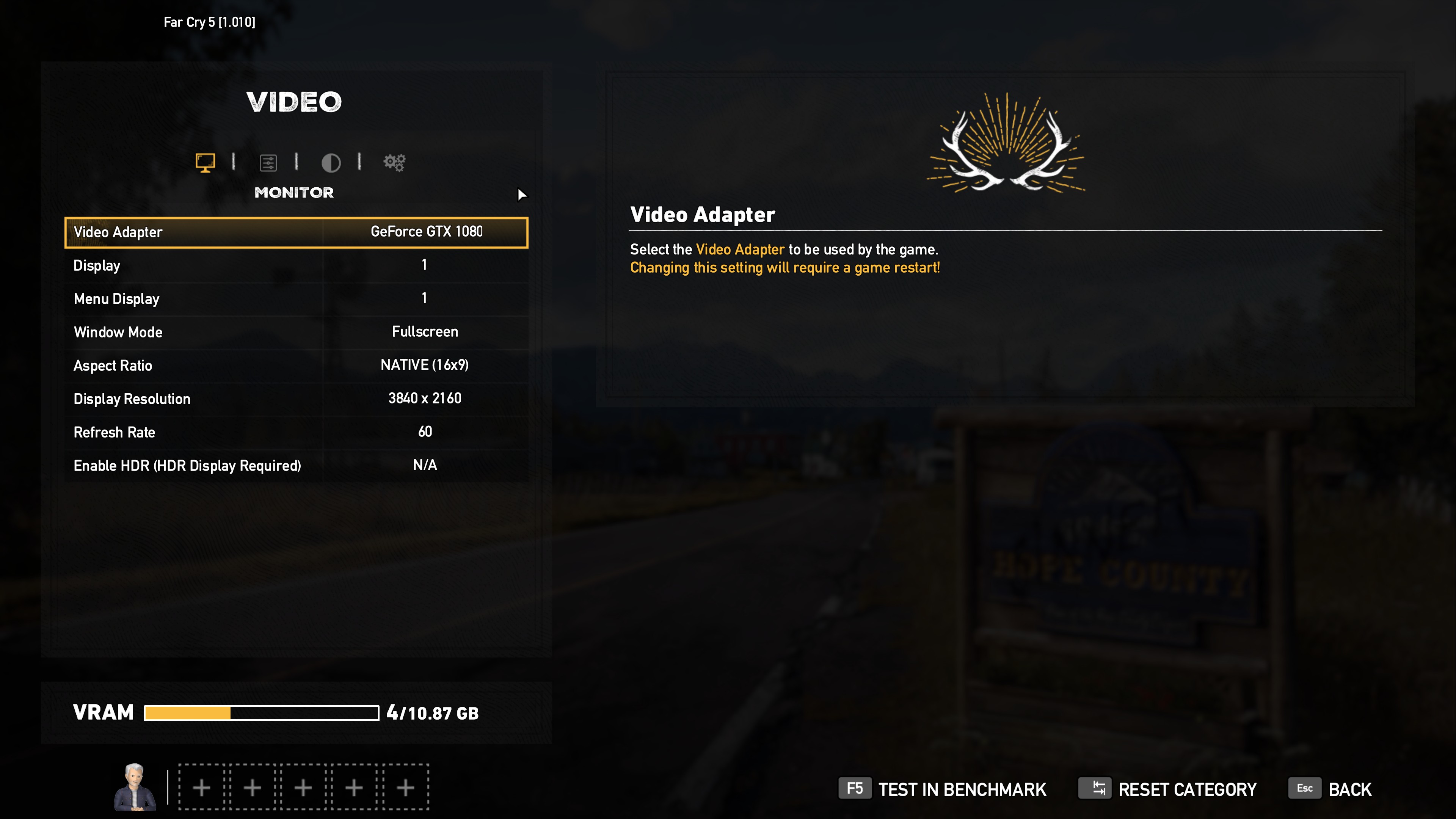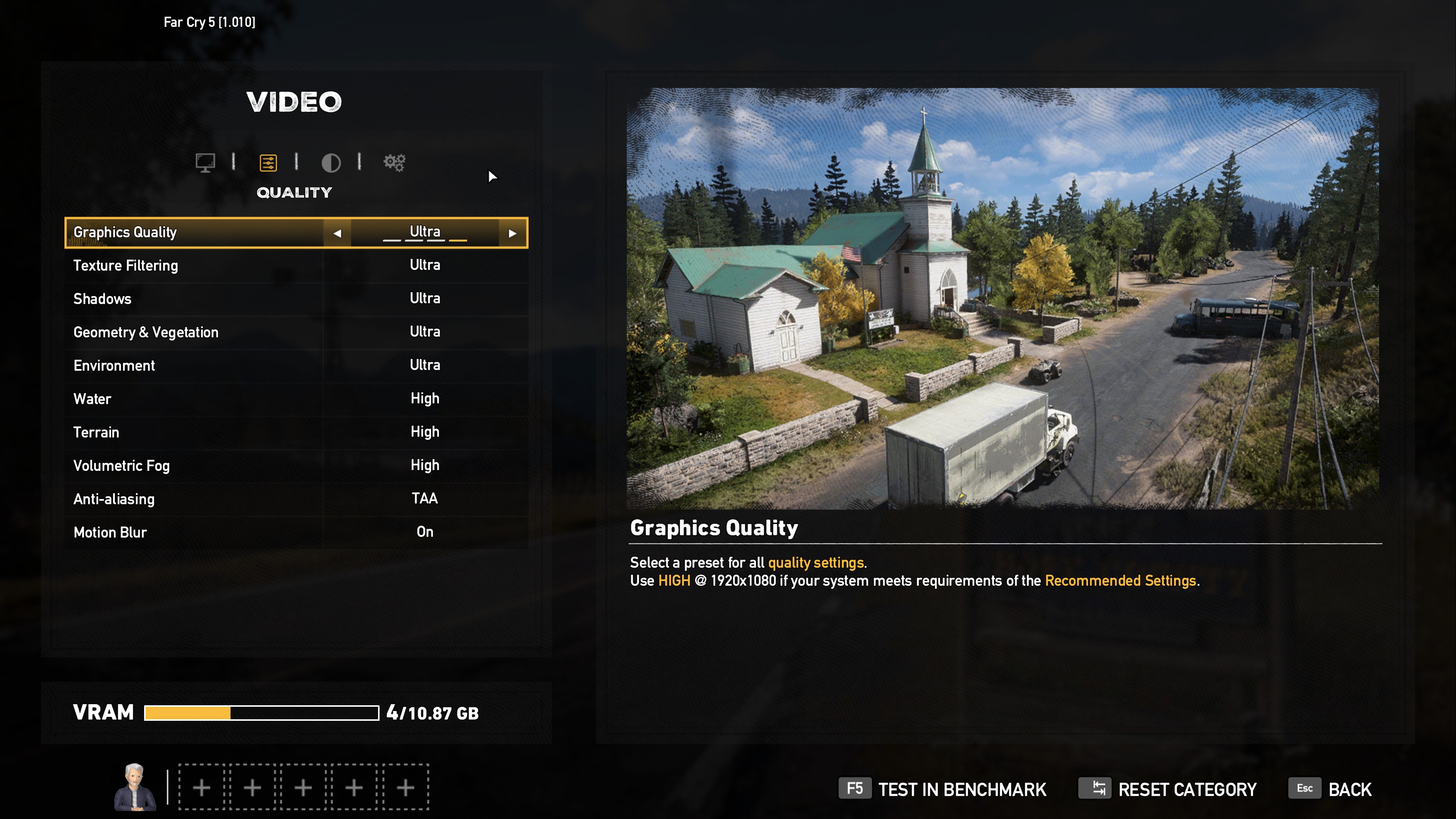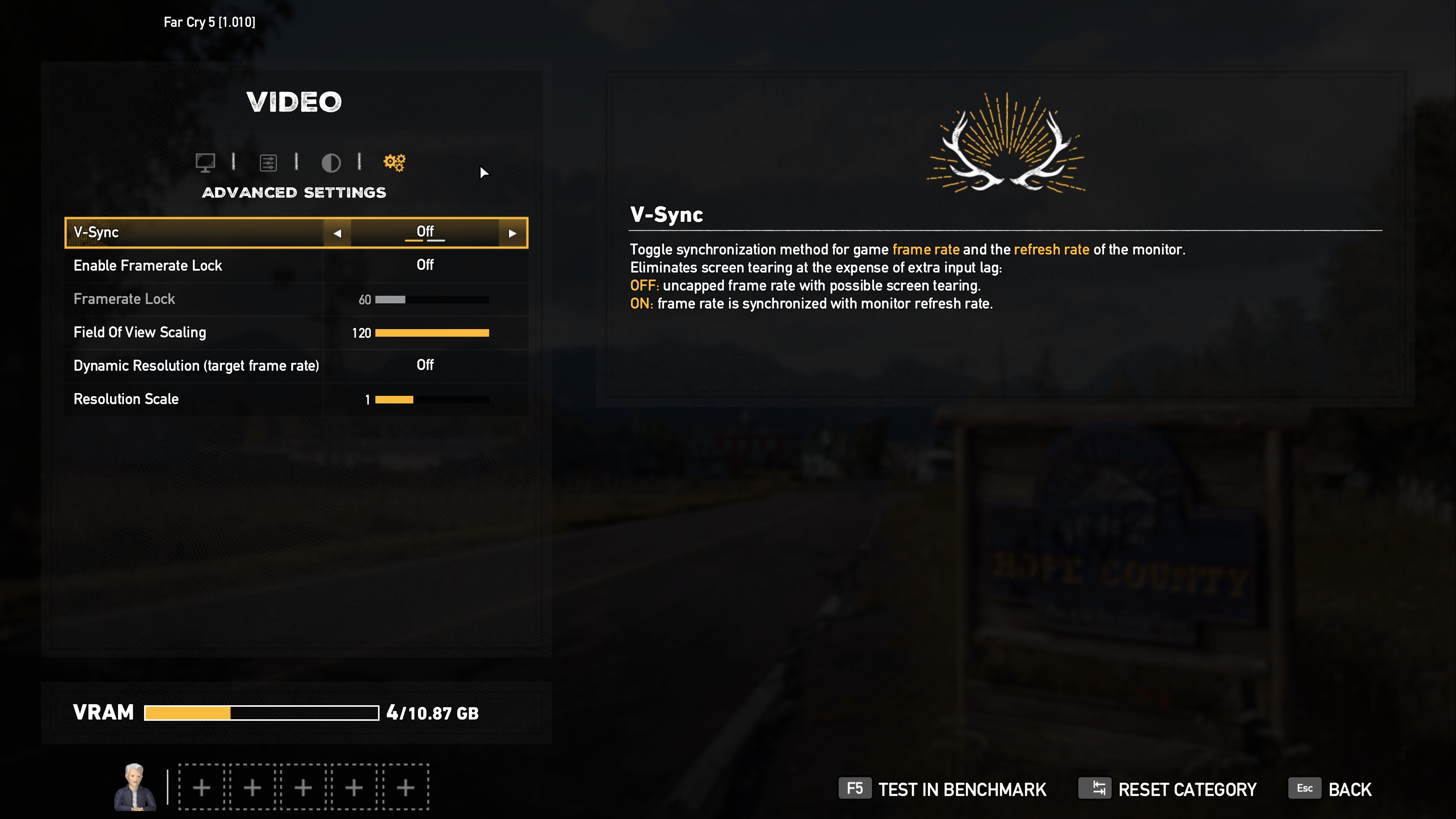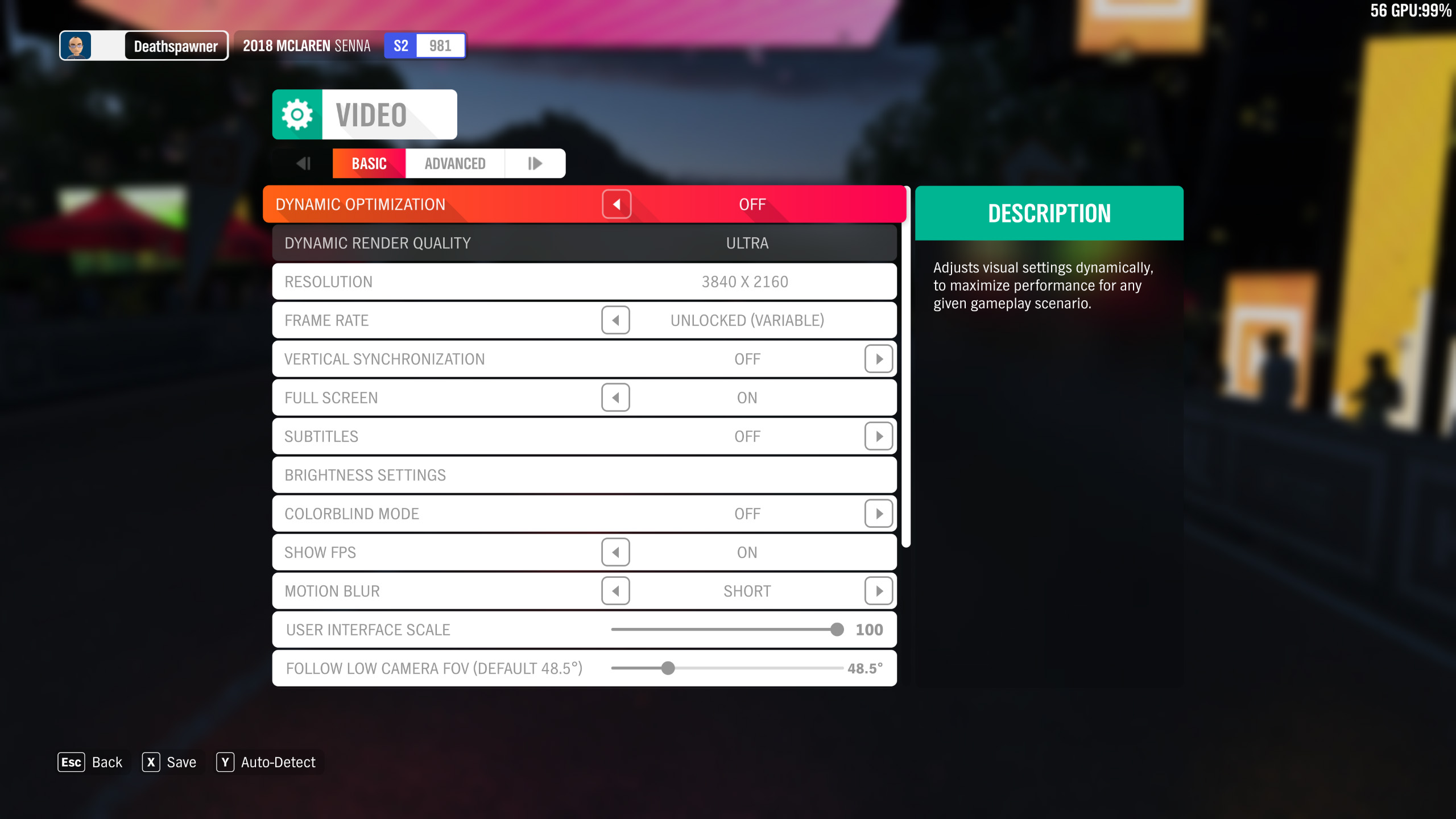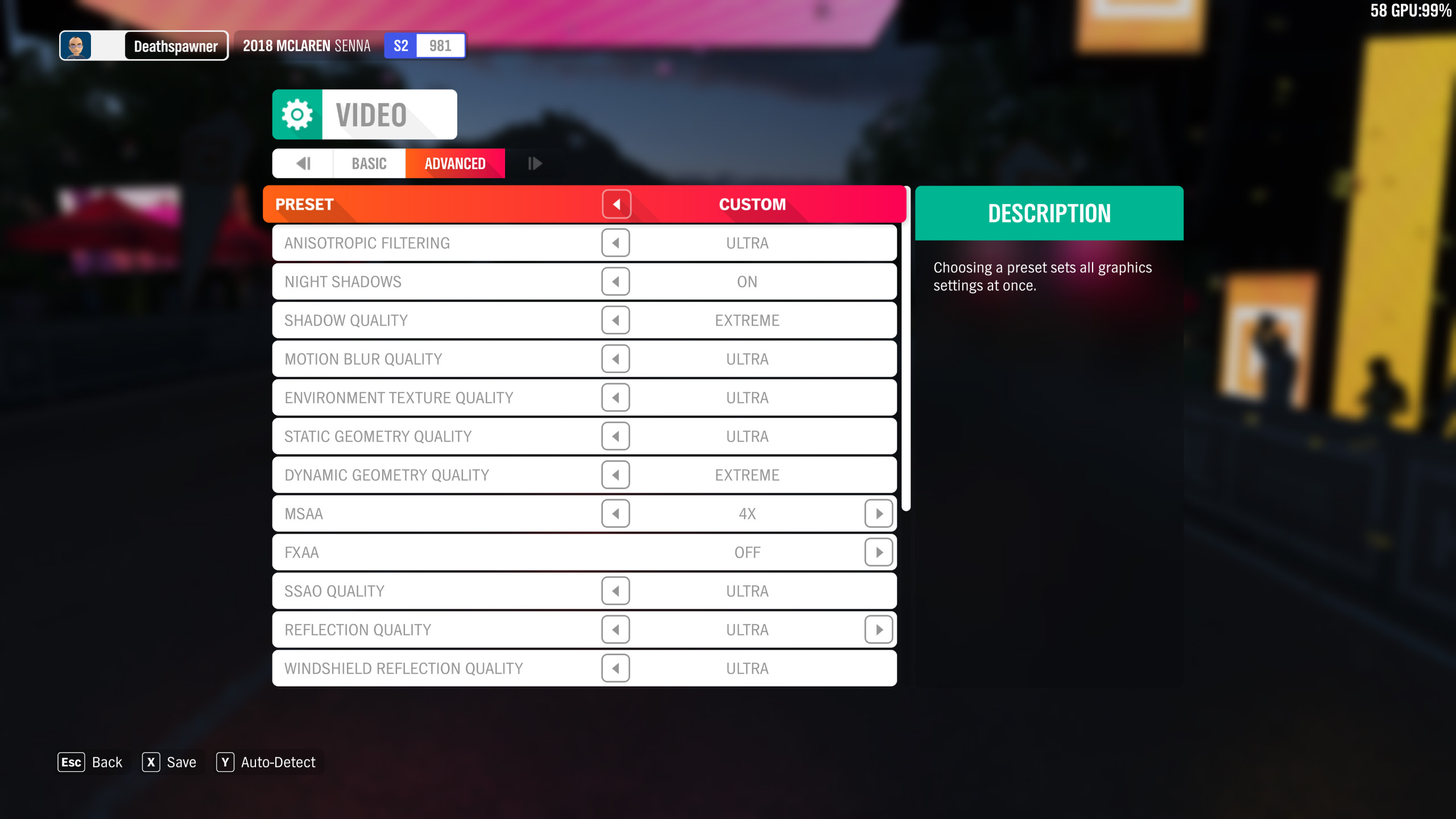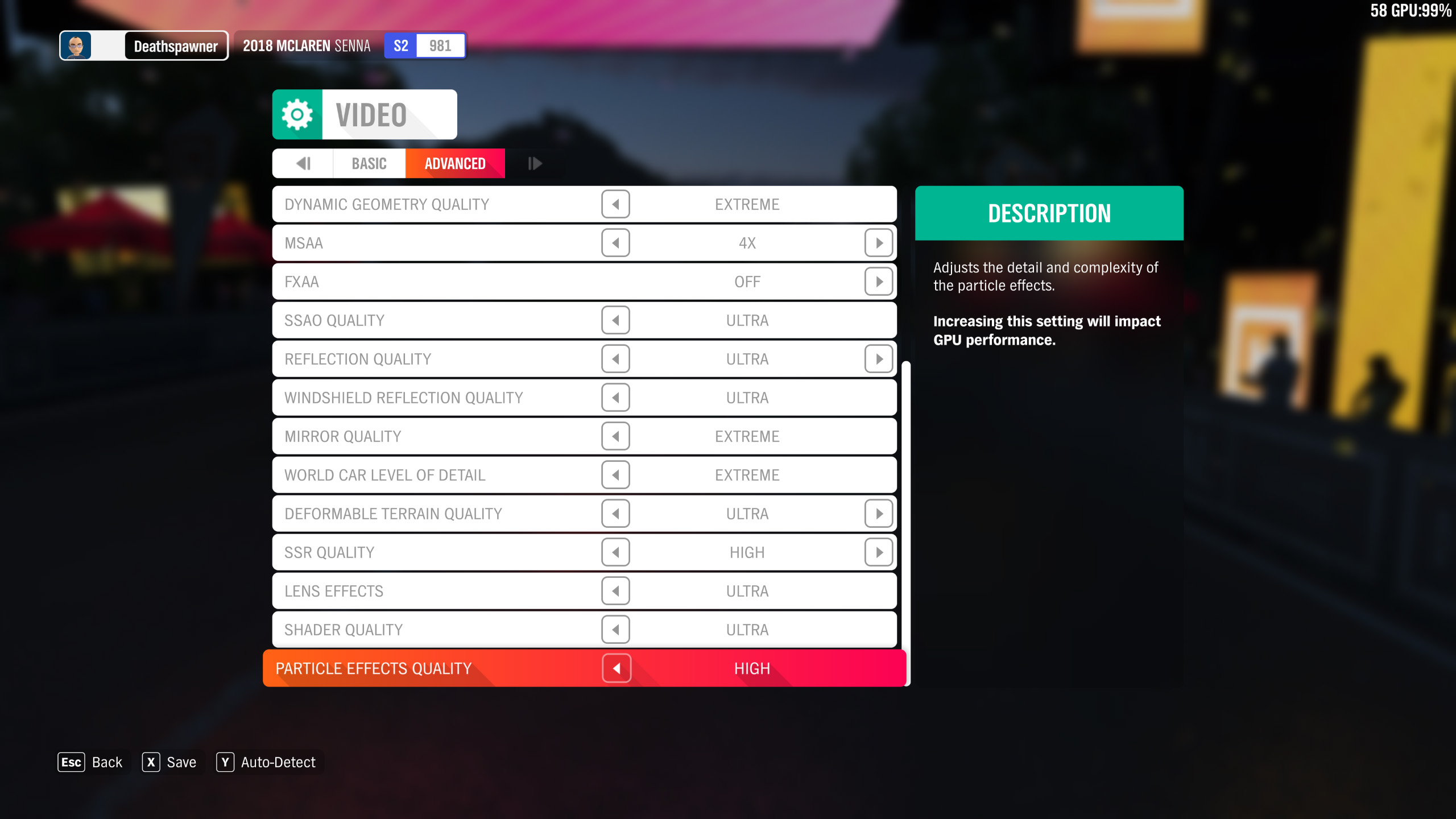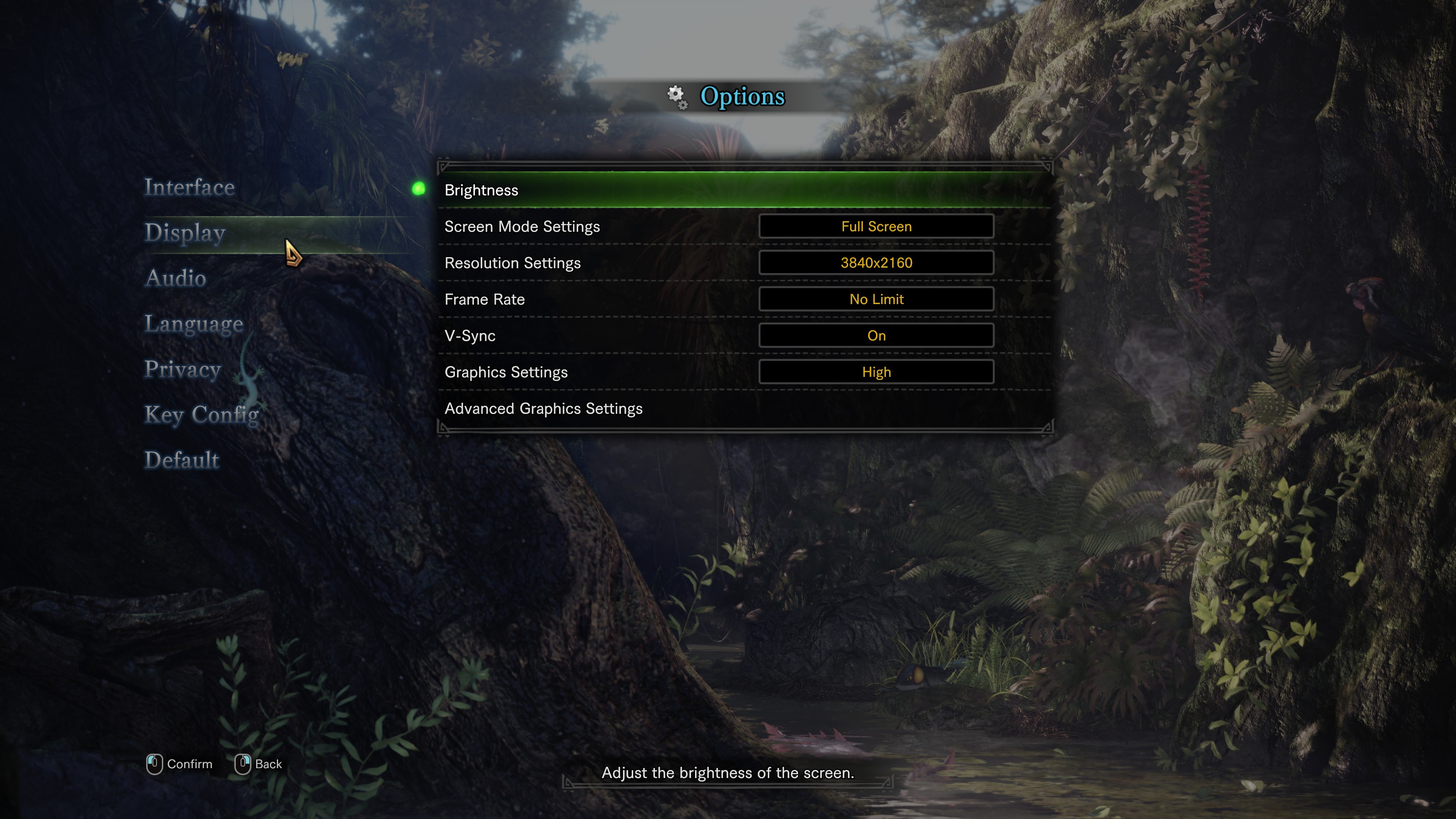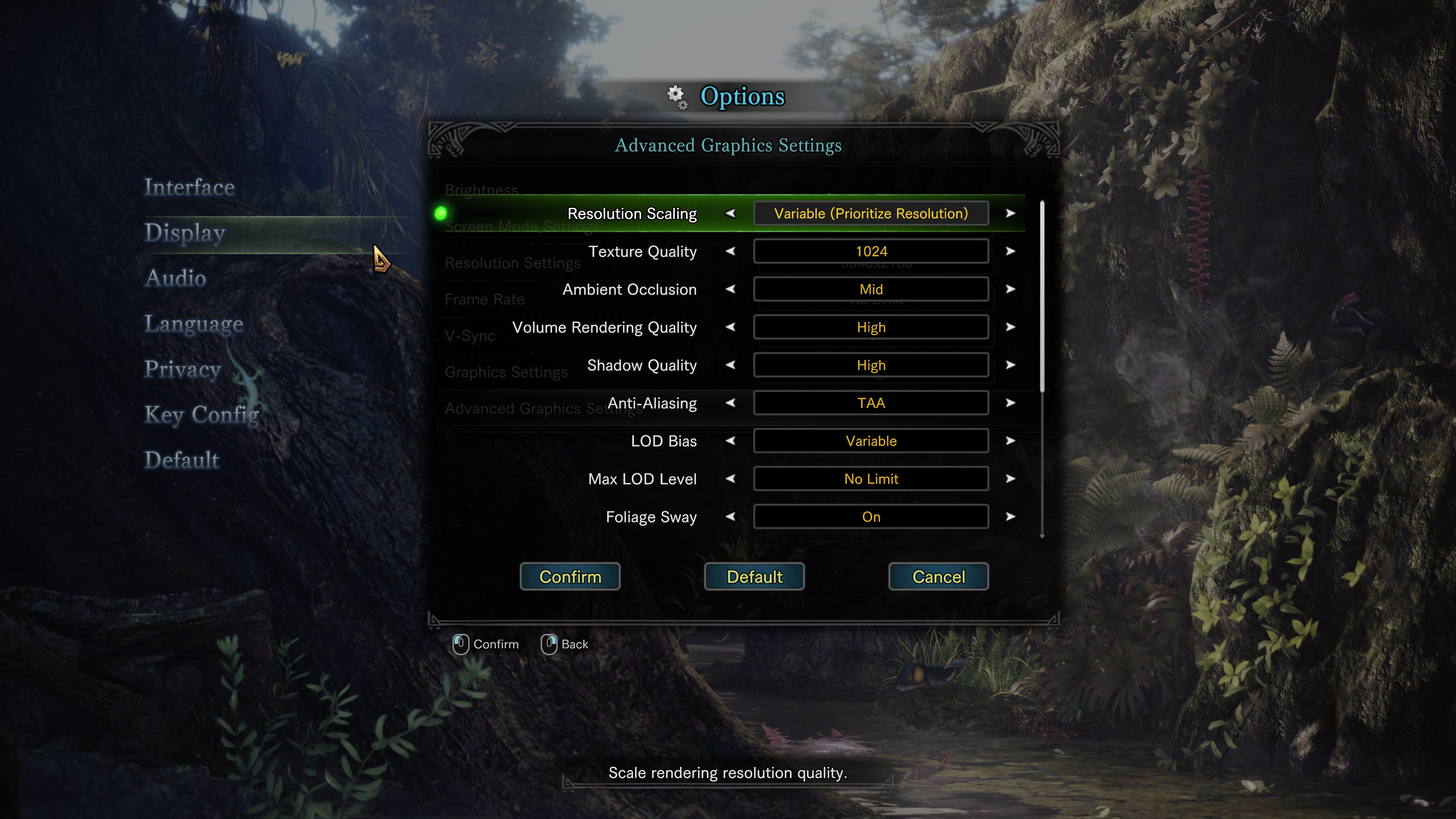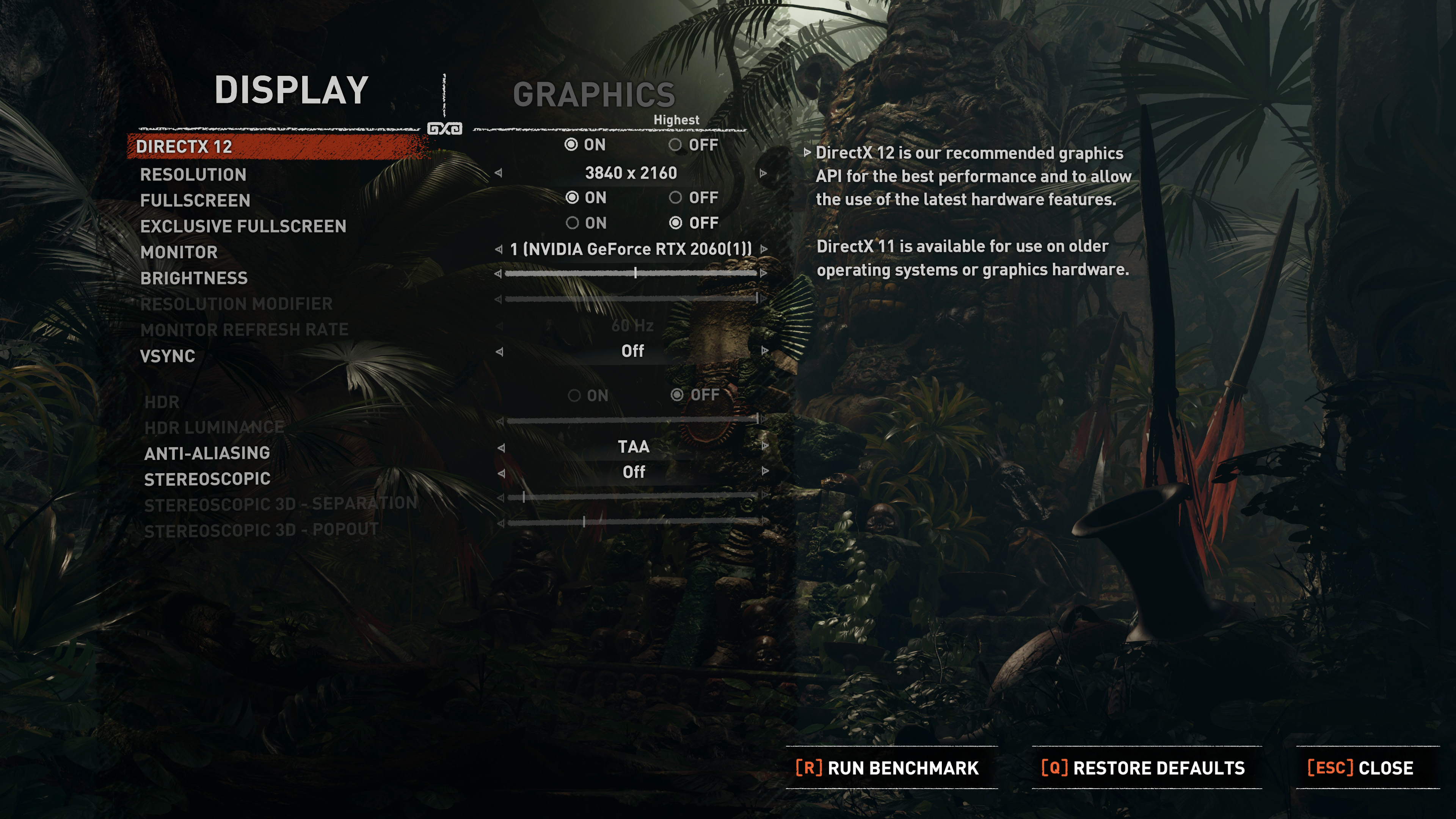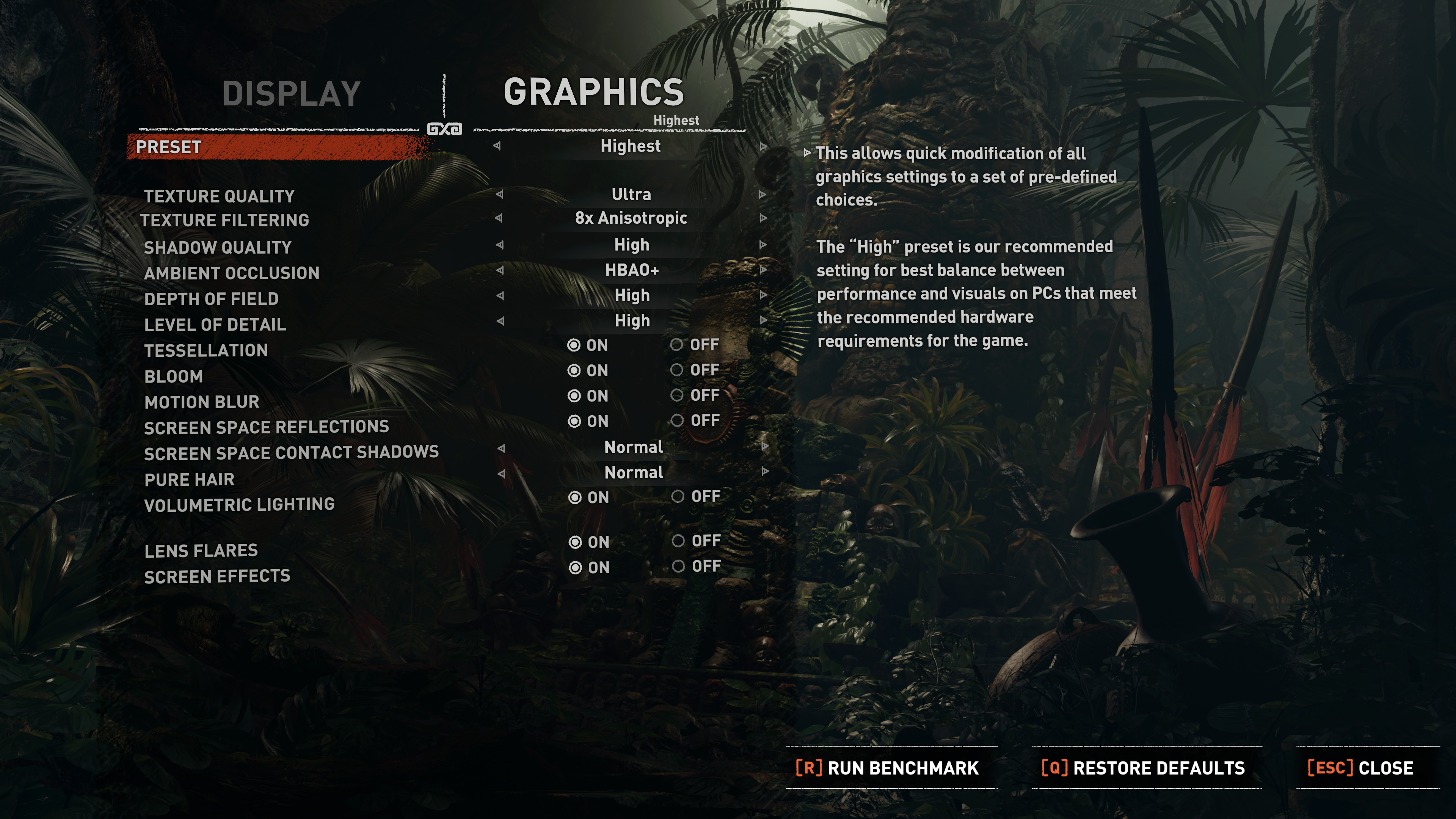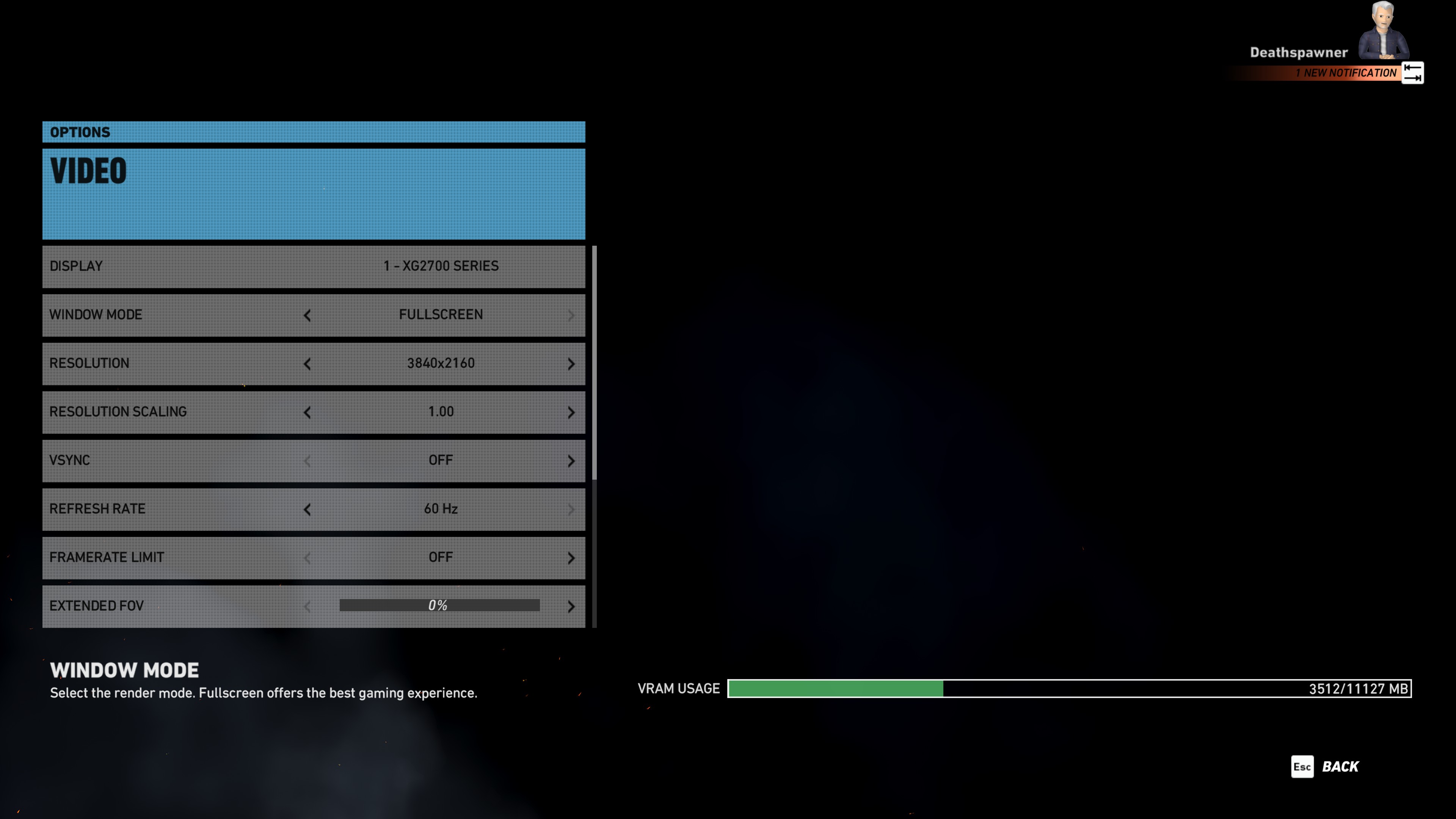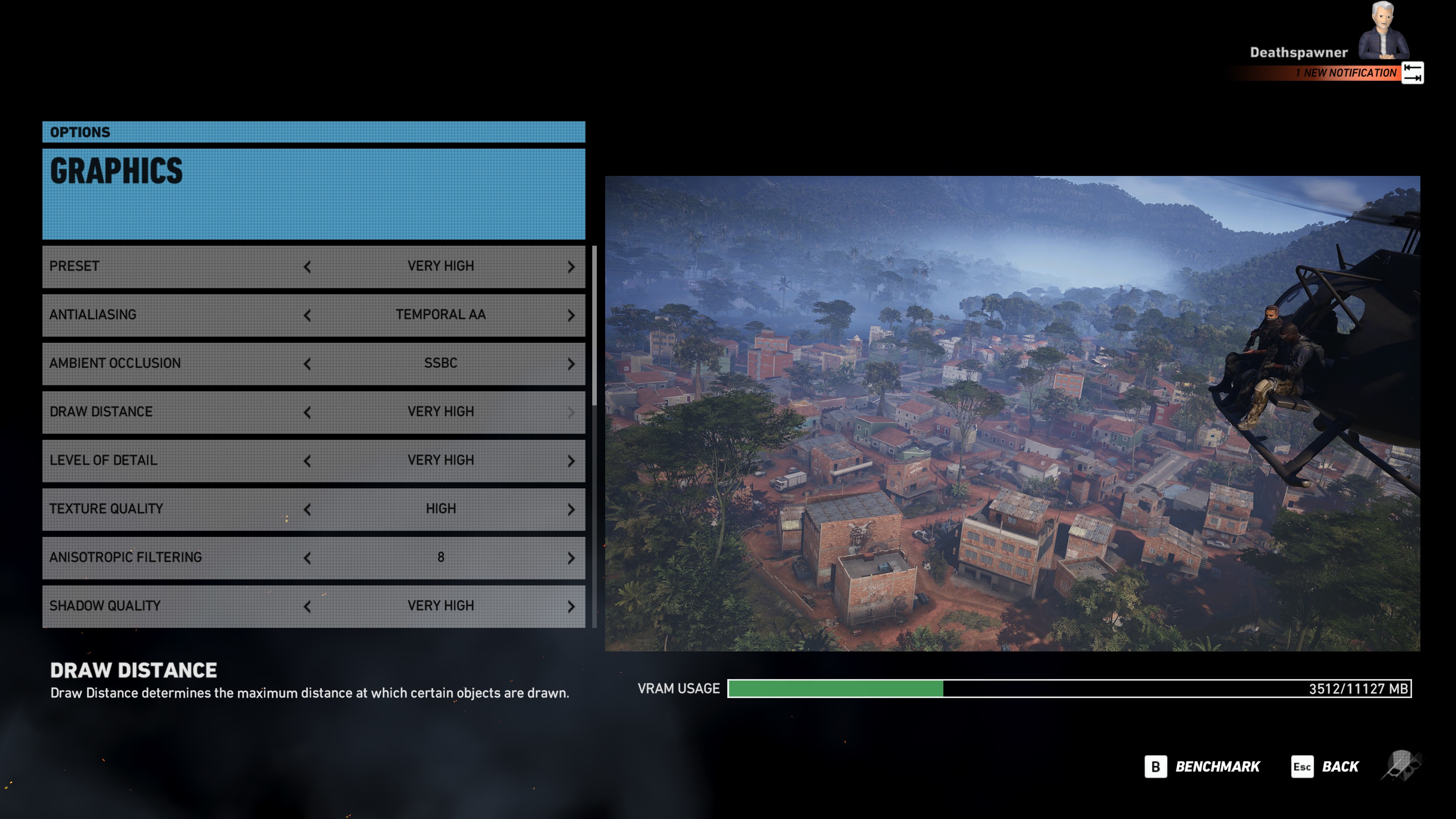- Qualcomm Launches Snapdragon 4 Gen 2 Mobile Platform
- AMD Launches Ryzen PRO 7000 Series Mobile & Desktop Platform
- Intel Launches Sleek Single-Slot Arc Pro A60 Workstation Graphics Card
- NVIDIA Announces Latest Ada Lovelace Additions: GeForce RTX 4060 Ti & RTX 4060
- Maxon Redshift With AMD Radeon GPU Rendering Support Now Available
AMD Radeon VII 1440p, 4K & Ultrawide Gaming Performance

AMD’s competition has launched four current-gen GPUs since the fall, so its fans have understandably been anxious for a follow up to 2017’s RX Vega. With the new Radeon VII, AMD is responding. It’s the “world’s first 7nm gaming” GPU, and with 16GB of VRAM, it’s one that’s built for high detail at high resolution.
Page 1 – A Look At Radeon VII & Our Test Suite
In the lead-up to last month’s CES, the rumor mill seemed to be on fire with AMD speculation. One rumor was of an RX Vega follow-up, and lo and behold, Lisa Su announced the Vega-based Radeon VII during AMD’s first-ever CES keynote. The card becomes the world’s first gaming GPU built on a 7nm process, and with 16GB of memory under its hood, it’s built for heavy workloads.
The “VII” in Radeon VII represents the fact that the card is built using 7nm, and also that it’s a follow-up to the original Vega, which spawned RX Vega 56 and 64. The new card has a cool name, but it doesn’t exactly open the doors for bigger or smaller models, and that’s likely on purpose.
During a briefing with AMD a few weeks ago to discuss the Radeon VII, we were surprised by the fact that the company jumped into a look at creative workloads before gaming ones, despite the card being touted as the “world’s first 7nm gaming” GPU. Highlighting VII’s gaming focus is likely for marketing more than anything else, because “world’s first 7nm jack-of-all-trades card” doesn’t have the same ring to it. With its “do everything” ambition, the Radeon VII is similar to NVIDIA’s TITAN series. It just doesn’t have the Tensor or RT cores that the TITAN RTX does (but its saving grace is that it costs 1/4th as much).
With 16GB of HBM2, Radeon VII feels like a professional-grade card out-of-the-gate, and at launch, we questioned whether or not it should have been called the Radeon Pro VII (or even Frontier Edition 2). We’re talking 1TB/s of available memory bandwidth, after all. Creative users will lust for that long before gamers will.
| AMD’s Radeon Gaming GPU Lineup | |||||||
| Cores | Base MHz | Peak FP32 | Memory | Bandwidth | TDP | Price | |
| Radeon VII | 3840 | 1400 | 13.8 TFLOPS | 16 GB 4 | 1 TB/s | 300W | $699 |
| Vega 64 | 4096 | 1546 | 12.6 TFLOPS | 8 GB 4 | 484 GB/s | 295W | $499 |
| Vega 56 | 3584 | 1471 | 10.5 TFLOPS | 8 GB 4 | 410 GB/s | 210W | $449 |
| RX 590 | 2304 | 1576 | 7.1 TFLOPS | 8 GB 3 | 256 GB/s | 225W | $279 |
| RX 580 | 2304 | 1340 | 6.1 TFLOPS | 8 GB 3 | 256 GB/s | 185W | $229 |
| RX 570 | 2048 | 1244 | 5.1 TFLOPS | 8 GB 3 | 224 GB/s | 150W | $179 |
| RX 560 | 896 | 1175 | 2.6 TFLOPS | 4 GB 3 | 112 GB/s | 80W | $119 |
| RX 550 | 640 | 1183 | 1.2 TFLOPS | 2 GB 3 | 112 GB/s | 50W | $99 |
| Notes | 1 GDDR6; 2 GDDR5X; 3 GDDR5; 4 HBM2 Architecture: Radeon RX 550~590 = Polaris; Radeon VII, RX Vega 56 & 64 = Vega |
||||||
The move to 7nm helps AMD develop a GPU that’s more power efficient, but what fun would there be in releasing a product that only delivered the same performance, but at less power? It’s much better when we get far greater performance for the same power – or perhaps 5W more than RX Vega 64, as AMD’s spec sheet shows.
As our power testing will highlight later, AMD’s TDP spec doesn’t align with our real-world testing, but that’s a good thing, since VII draws a good deal less power than the Vega 64, despite its big performance boost, and having twice the amount of HBM2.
On the topic of VRAM, AMD’s marketing push with this card hovers a lot around the importance of future-proofing ourselves with lots of memory. As games with bigger textures get released, and we play our games at higher resolutions, the need for more GPU memory is undoubtedly going to increase.
I admit I do find some of AMD’s assumptions to be a little slanted, though. I don’t personally think 16GB of VRAM is going to do many people much good with gaming now, or in the next few years – and by the time a few years pass, we’ll have new GPUs to use.
In the press deck (slide seen below), AMD highlights 11GB as being “required” for gaming in 2019, which isn’t even close to being the case. Also strange is that the marker is notches higher than the 11GB it references, exaggerating the differences a bit.
The reviewer’s guide breaks down a few modern games that can use more than 8GB of VRAM, but I consider this flawed based on the fact that current memory tools only detect whether or not memory is allocated, not if all of that allocated data is required. Do you really believe Black Ops 4 needs 12GB of VRAM? Or that Star Control: Origins needs 9GB? I’m not convinced.
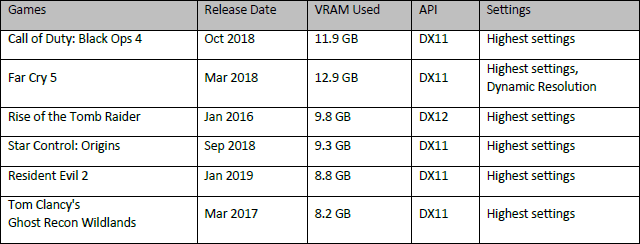
With VII being derived from Instinct, it feels to me like AMD was forced to a 16GB VRAM config, and now has to justify that reality through what I’d consider to be misleading marketing. Ultimately, it feels like AMD didn’t even know where to target this card, so it just decided to target it everywhere. That even includes 1080p resolution. That’s a resolution we haven’t used in our high-end GPU launch reviews since 2014. How many people need 300+ FPS in Siege, really?
To add to this, the night prior to this article’s embargo lift, AMD told us that it decided to increase the double-precision (FP64) performance on this card to twice what was previously announced – which was already twice what we were told after CES. AMD’s RX Vega 64 offered about 0.8 TFLOPS of FP64, whereas Radeon VII, after AMD’s whim, becomes 3.52 TFLOPS. That means the card doesn’t just target gaming and creative, but now also science and finance. For comparison’s sake, the 2080 Ti offers 0.42 TFLOPS of FP64 performance.
The upside to any confusion surrounding Radeon VII is that the card is a good jack-of-all-trades. It’s going to be a solid option for most workloads, and now with increased FP64, it becomes a relative steal at $700 to those who need it. Two of these GPUs would give us the same spec’d FP64 performance as one TITAN V.
With gaming, which happens to be the focus of this article (I know, it’s hard to tell), we have many benchmarks that will help us turn our gaming assumptions into answers. Another article takes a look at the card’s workstation performance, so feel free to open that one in a new tab!
A Look At Testing Methodology
| Techgage Gaming GPU Test PC | |
| Processor | Intel Core i9-9900K (3.6GHz Base, 5.0GHz Turbo, 8C/16T) |
| Motherboard | ASUS ROG STRIX Z390-E GAMING CPU tested with BIOS 0602 (October 19, 2018) |
| Memory | G.SKILL TridentZ (F4-3400C16-8GSXW) 8GB x 2 Operates at DDR4-3400 16-16-16 (1.35V) |
| AMD Graphics | AMD Radeon VII (16GB; Jan 22 Press Driver) AMD Radeon RX Vega 64 (8GB; Jan 22 Press Driver) AMD Radeon RX Vega 56 (8GB; Radeon 18.12.3) * AMD Radeon RX 590 (8GB; Radeon 18.12.3) * AMD Radeon RX 580 (8GB; Radeon 18.12.3) * AMD Radeon RX 570 (4GB; Radeon 18.12.3) * AMD Radeon RX 550 (2GB; Radeon 18.12.3) * |
| NVIDIA Graphics | NVIDIA GeForce RTX 2080 Ti (11GB; GeForce 417.71) NVIDIA GeForce RTX 2080 (8GB; GeForce 417.71) NVIDIA GeForce RTX 2070 (8GB; GeForce 417.71) NVIDIA GeForce RTX 2060 (6GB; GeForce 417.35) * NVIDIA TITAN Xp (12GB; GeForce 417.35) * NVIDIA GeForce GTX 1080 Ti (11GB; GeForce 417.71) NVIDIA GeForce GTX 1080 (8GB; GeForce 417.35) * NVIDIA GeForce GTX 1070 Ti (8GB; GeForce 417.35) * NVIDIA GeForce GTX 1070 (8GB; GeForce 417.35) * NVIDIA GeForce GTX 1060 (6GB; GeForce 417.35) * NVIDIA GeForce GTX 1050 Ti (4GB; GeForce 417.35) * NVIDIA GeForce GTX 1050 (2GB; GeForce 417.35) * |
| Storage | Kingston SSDNow V310 960GB (SATA 6Gbps) |
| Power Supply | Corsair RM650x (650W) |
| Chassis | NZXT S340 Elite Mid-tower |
| Cooling | Corsair Hydro H100i V2 AIO Liquid Cooler (240mm) |
| Et cetera | Windows 10 Pro (64-bit; build 17763) |
| Notes | * Synthetic tests only. |
Games Tested & Vendor Neutrality
A total of eight games are included in our current test suite. Recent additions include Battlefield V, Forza Horizon 4, and Shadow of the Tomb Raider. Beyond these eight titles, UL’s 3DMark and VRMark, as well as Unigine’s Superposition, are used for some quick and dirty tests that you may be able to run at home.
Here’s the full list of tested synthetic benchmarks, games, and developer allegiances:
- Battlefield V
- Deus Ex: Mankind Divided – AMD partner
- F1 2018
- Far Cry 5 – AMD partner
- Forza Horizon 4
- Monster Hunter World
- Shadow of the Tomb Raider – NVIDIA partner
- Tom Clancy’s Ghost Recon Wildlands – NVIDIA partner
- UL 3DMark & VRMark
- Unigine Superposition
For our apples-to-apples testing, the graphics settings seen above apply to every one of our tested resolutions so as to deliver easily comparable results. In most cases, each configuration is tested twice, with more runs added if the initial results make the extra testing necessary (which isn’t required too often).
Support our efforts! With ad revenue at an all-time low for written websites, we're relying more than ever on reader support to help us continue putting so much effort into this type of content. You can support us by becoming a Patron, or by using our Amazon shopping affiliate links listed through our articles. Thanks for your support!




